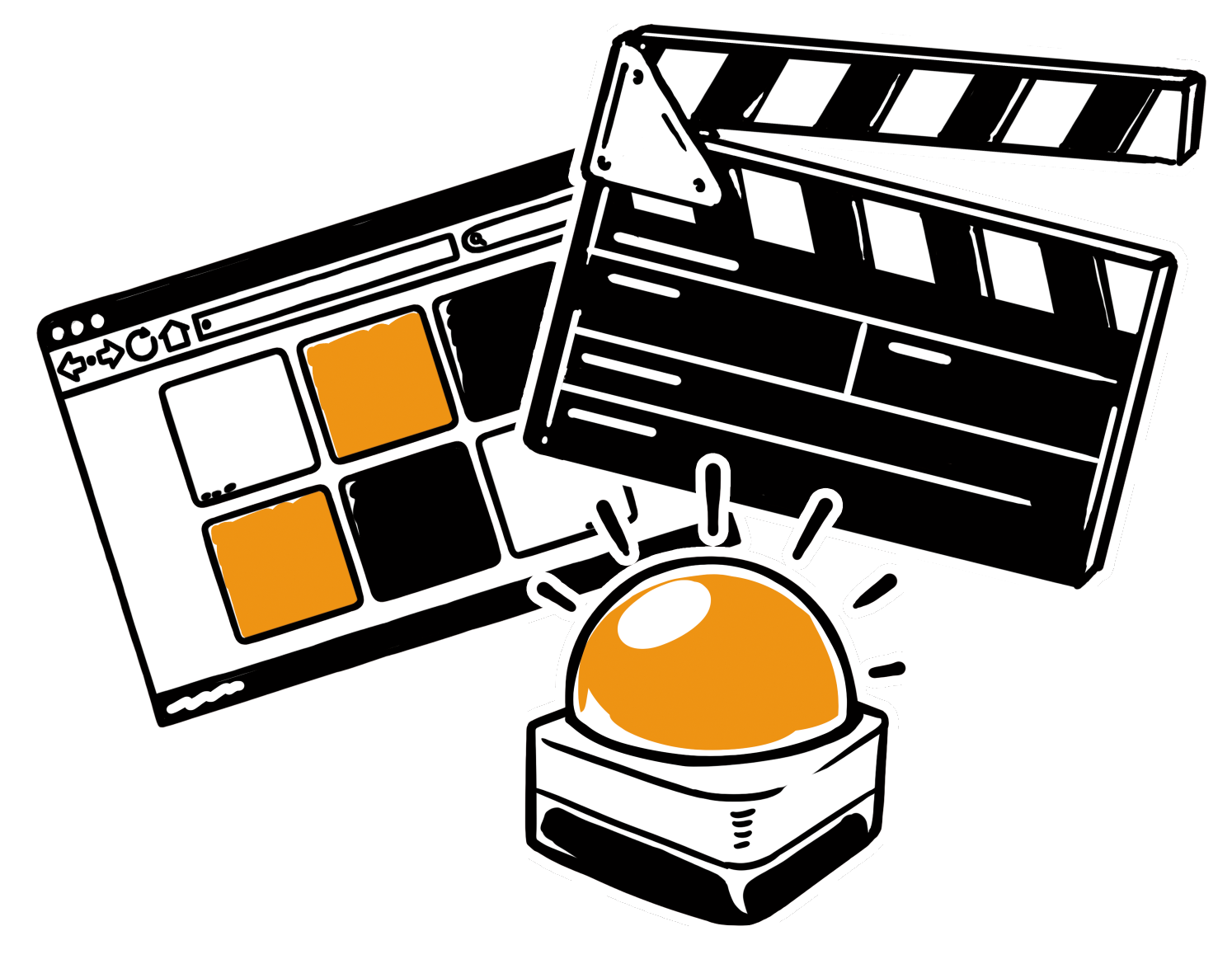It’s all in the mix: How e-learning becomes a learning journey
Plenty of writing and debates have been devoted to the subject of e-learning: its advantages, its advances, how companies use it, the latest tools and trends. We have even made a simpleshow summarizing the basics of e-learning.
Corporate e-learning
One thing is clear: the topic is well worth exploring. E-learning plays an important role in almost every department of SMEs and large companies, be it for compliance education, job orientation, introducing corporate culture, leadership training, or explaining new processes. According to statistics,
![]()
Something’s missing…
However, the articles and discussions about e-learning are always preoccupied with the format: digital, mobile, flexible. There’s no longer a question about the value and necessity of modernizing initial and continuing training measures – propelled by digitization.
But what’s the point of the most cutting-edge format if the presentation and content don’t match? If people still have to read long blocks of text and tick a box at the end – only in an app?
Many articles on the topic are obviously missing a sense of give and take. So it’s time for us to ask what makes e-learning good in terms of content and design. What combinations of elements have the greatest impact on learning? And what are the alternatives to boring multiple-choice questions?
What sticks
Germany’s Bund für Pädagogik, Psychologie und Systemik (Union for Pedagogy, Psychology, and Systemics) made the following valuable findings:
According to them, we remember
10% of what we read
20% of what we hear
30% of what we see
50% of what we hear and see
70% of what we talk about
90% of what we do
That’s a good basis to work with. It shows us that an effective e-learning concept should primarily consist of a mixture of visuals and sound and actively involve the learner – through videos and interactions, for example. That’s how it achieves the greatest possible learning impact. But are there psychological findings or rules of thumb for how a successful format should be constructed? First text, then visuals, then video, then interaction, then more text? Or the other way around?

Form follows function – in e-learning too
At simpleshow, we don’t believe in blindly following rules of thumb. Ultimately, the content dictates the form. It simply depends on what needs to be communicated. One thing is for certain, though. With entertaining and varied elements, it’s much easier to hold learners’ attention. It’s plainly more fun to stay engaged when there’s a little “show.”
But beyond that: There should be a learning journey!
The learner doesn’t become actively involved through interaction alone – storytelling also brings the content closer to the learner. What does that mean in practical terms? In a compliance training course, for example, we don’t just spell out laws and rules. We confront learners with situations from their lived worlds. That might be a conversation on the underground about confidential details that quickly winds up in a newspaper article, or a harmless-seeming gift from a supplier to the person awarding the next major order.
Interactions only take us one step further. The learner has to find a solution to the situation on her own and discover the consequences for her actions.
It’s also important to link individual pieces of content. In other words, the story needs a common thread. That’s the only way the learner will understand the connections.
If an e-learning unit manages furthermore to stimulate the learner’s mental imagery, appeal to the him emotionally, and inspire him to think things through, that’s when we’ve achieved our objective. We’ve sent him on a journey and turned “knowledge acquisition” into an experience.

E-learning at simpleshow
Sending learners on a journey – that’s simpleshow’s stated goal. To do that, we bring together interactions, quizzes, printable flashcards, games, podcasts, and video commentaries by managers and staff members. But throughout, we remain focused on these core questions: Which formats are the most suitable educationally? How can we create a learning experience that’s worth “more than a thousand words” (or a thick textbook)?
Intrigued?
Contact us!
